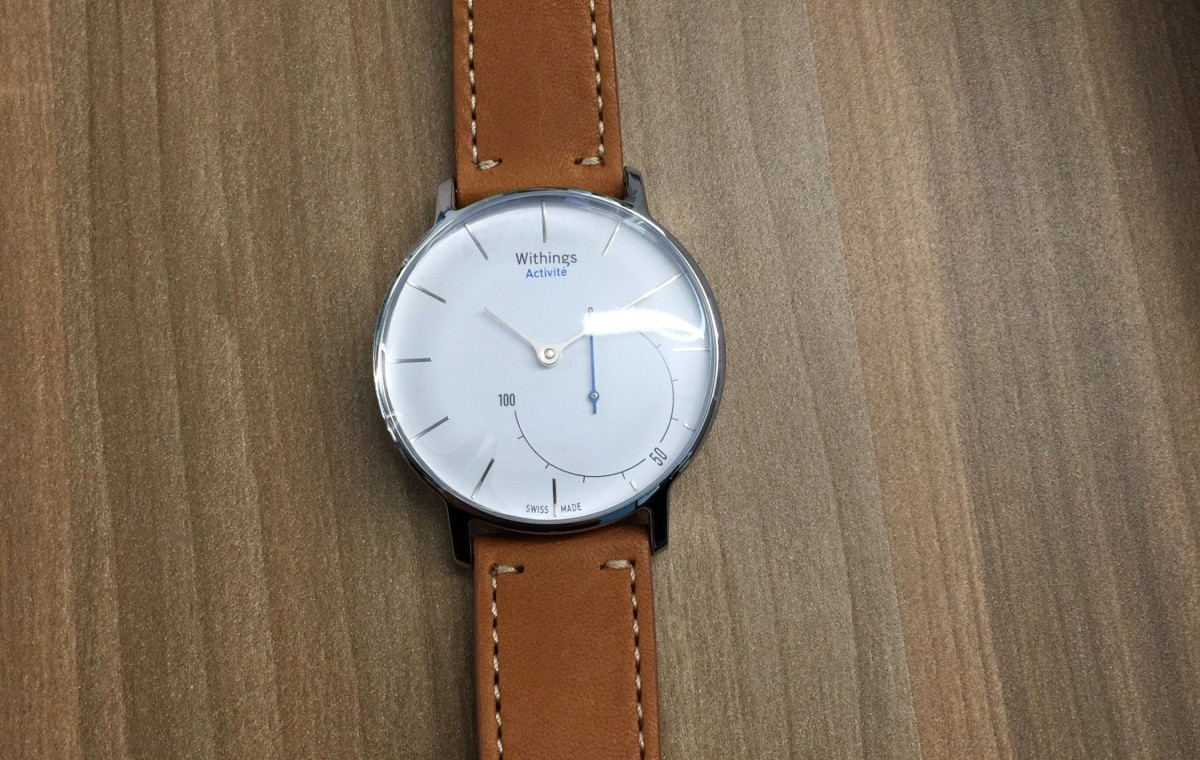I have to credit the Apple Watch. Even though I don’t think the current iterations of smartwatches make much sense—low battery life, weak apps, and mostly gaudy1 and ugly designs—they have made me think about wearing a watch again. And it may not be just me; I’ve definitely noticed more watches being worn around town, of both the smart and traditional variety.
For the time being, smartwatches excel at a handful of tasks:
- Health/step tracking
- Notifications
- Calendar and event lookups
- Showing different watch faces
Note that actually telling the time isn’t a strength, not when smartwatches try to conserve battery by keeping the screen off most of the time. It’ll be interesting to see whether timekeeping itself stays relevant, or if it declines similar to how voice phone calls waned on smartphones.
For me, the only function I really cared about was the step tracking. I had given my MiBand to my mom so she could track her steps, but it seemed strange to get both a watch and a fitness tracker when the only hardware that the band offered was an accelerometer and bluetooth connectivity. In fact, there’s already someone who thinks that literally sticking the hardware on a traditional watch is a viable solution.
I’ve had my eyes on the Whitings Activité for a while now. As the title suggests, it’s a mostly-dumb, “feature” watch that looks and feels very much like a regular watch, but has a tiny bit of intelligence built inside. There’s an app which acts as the user interface for most of the advanced functionality, leaving the watch itself deceptively simple and elegant: its main job on my wrist is to tell the time and count the steps2.
This setup gets around the current issues that smartwatches face. For one, there’s less of a chance technological obsolescence; this watch may be eventually outdated due to added physical sensors, but not from improved screens or CPUs or RAM or hardware interface (e.g., new dials and touch surfaces) upgrades. I also think that it’s a mistake to try to cram user interfaces onto a watch-sized screen, whether it’s tapping a tiny screen or reading two lines of miniscule text at a time. Having the watch stay a tracker and transmitter allows the phone to do its job as an interface device, with a better-established hardware upgrade cycle to boot.
It’s only been a couple of days, but I’m excited to wear a watch again. Time will tell whether I make good use of its smarts.



